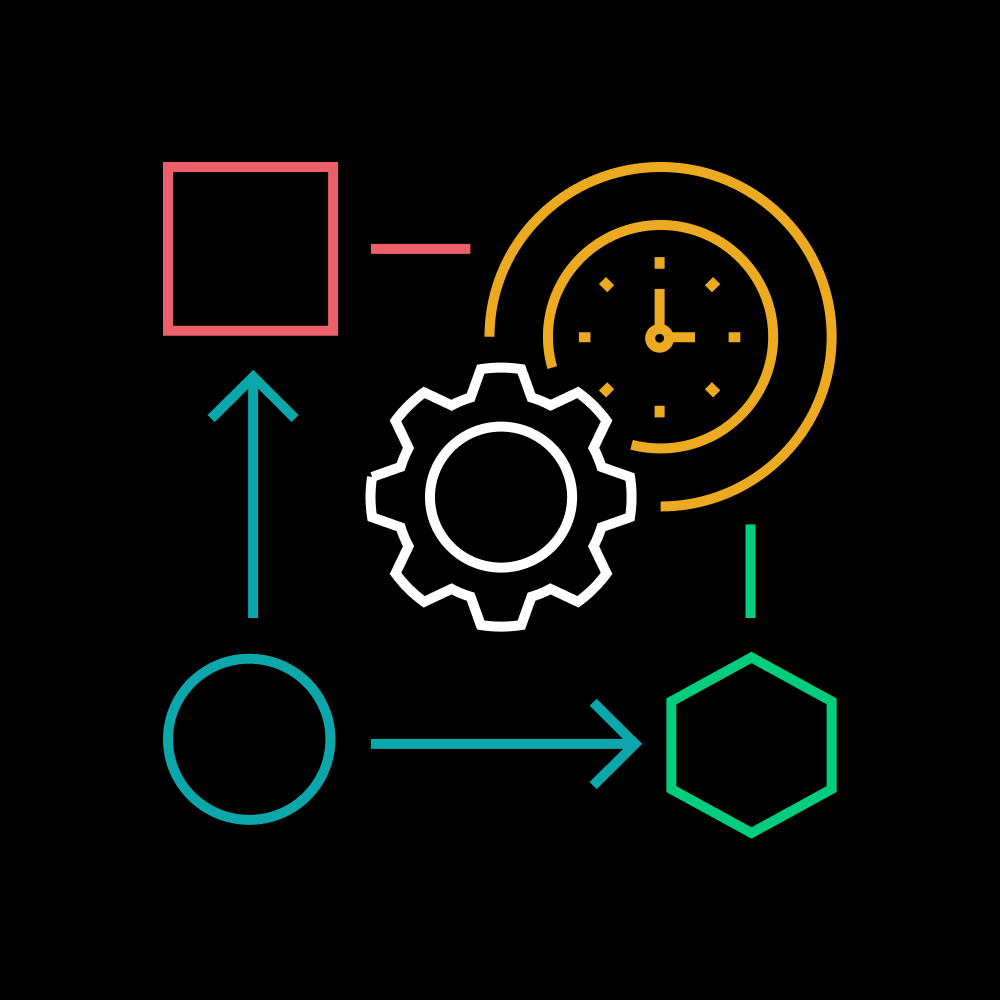
What is brainwriting?
Shifting away from brainstorming to brainwriting levels the playing field and opens the door to more high-quality ideas
Posted July 7, 2022 by Laurie Isola
Creativity is the spark that ignites innovation. And for decades, organizations—from design firms to tech companies—have relied on a relatively unchanged approach to ideation: brainstorming.
Brainstorming—typically in person, often around a whiteboard—was long thought of as the tried-and-true model: gather a group together, break out the dry erase markers, and the ideas will flow.
But as it turns out, numerous studies show that the traditional brainstorming session is, at best, a waste of time; at worst, it can lead to the dreaded groupthink and even stymie productivity.
So what works better? If you want to generate truly new and innovative thinking, give people the opportunity to work individually before working together using a method known as “brainwriting” (or “brain writing”).
Brainwriting, defined
An idea generation technique in which participants independently write down their ideas—synchronously or asynchronously. Those ideas are then gathered, shared, and discussed in a group.
How to get started with brainwriting
Brainwriting starts with individual work, allowing time and space for people to think deeply and freely without fear of judgment or the influence of louder or more senior voices.
As business psychology professor Tomas Chamorro-Premuzic explained in the Harvard Business Review, “a meta-analytic review of over 800 teams indicated that individuals are more likely to generate a higher number of original ideas when they don’t interact with others.” By contrast, the old way of brainstorming “is particularly likely to harm productivity in large teams, when teams are closely supervised, and when performance is oral rather than written.”
A step-by-step guide to brainwriting
Step 1: Ask colleagues to write down their ideas within a prescribed timeframe, conducted synchronously or asynchronously. Ideas can be captured in individual documents which are then shared and collated, or in a single document.
Step 2: Once ideas are captured in a single document, provide a feedback round for the group to weigh in with questions and comments (again either synchronously or asynchronously).
Step 3: Meet together, in person or virtually, to discuss.
Benefits of brainwriting
Separating the act of idea generation from the act of idea review creates more psychological safety for diverse teams, making space for more voices and averting groupthink.
Group brainstorming can often create social anxiety if people—especially those who are more introverted—are worried about others’ views of their ideas. Brainwriting also helps guard against remote workers becoming alienated from the ideation processes. Unlike brainstorming, which requires people to work together synchronously, brainwriting doesn’t require you to be “in the room where it happens,” allowing for more asynchronous collaboration.
With brainwriting, you create space for all ideas to be shared and heard instead of only those from the loudest or most senior people in the room. It’s also a quick way to highlight popular ideas by looking at how often the same concepts show up among the group.
Taking a hybrid approach to idea generation by alternating between individual work and group work has been shown to generate both a larger number and higher quality of ideas than group work alone.
Brainwriting example
What is the 6-3-5 brainwriting technique?
If you’re looking to try out brainwriting for your next idea generation exercise, the 6-3-5 brainwriting method is a simple and effective approach to get you started. This technique can work in both in-person and virtual settings.
- Led by a moderator and focused on a single question or problem statement, six participants each record three ideas in five-minute rounds in a shared document or worksheet.
- At the end of each round, the document is “passed” to another participant, who can then build upon their colleagues’ ideas.
- The result: 108 ideas generated in 30 minutes
Source: Brainwriting – Enabling Everyone to Share Their Creative Ideas, MindTools.com

With brainstorming’s introduction in the early 1950s, creativity has largely been considered an in-person, group effort. You had to be in the room—not only to play but also to be noticed.
Our research, however, shows that where your colleagues work has no bearing on team creativity.
People are just as likely to feel that their team is creative if their teammates are working remotely full-time (53% agree that their teams are as or more creative), working a hybrid model (54% agree), or in the office full-time (53% agree), according to Future Forum creativity and innovation research conducted in April 2021.
While brainstorming requires everyone to be in the room together, brainwriting complements flexible work’s digital-first, asynchronous, and cross-functional ethos, opening the door to deeper levels of insight, creativity, and expertise.
Brainwriting resources
- How the Future Works: Leading Flexible Teams to do the Best Work of Their Lives — a new book from the leaders of Future Forum and Slack
- Beyond hybrid: create shared guardrails to keep flexible work transformations on track
- Bursts of brilliance: how leaders can embrace flexibility and stay innovative
- Unlock creativity and innovation for distributed teams
- Better brainstorming with technology

